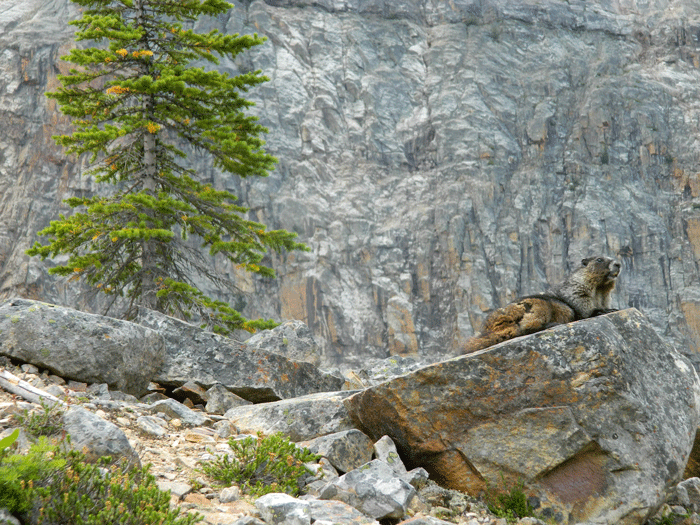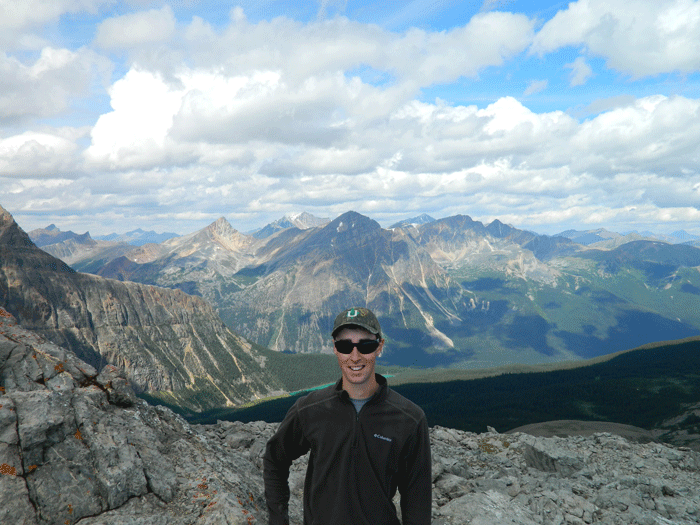Aerial Herbicide Program
August 31, 2015 11:21 am Leave your thoughts
I can hardly believe it but in a few short weeks, my time here in Alberta will come to a close and I will be on my way back to Ontario! With all that I have learned this summer, one big project remains to be completed- aerial herbicide. As I mentioned in my previous blogs, West Fraser practices the judicious application of herbicide on cut blocks that meet certain quantitative criteria that suggests regeneration success will be low if intervention is not taken. The program takes place in late August or early September, when the conifer have ‘hardened off’ or lignified for the winter, which means they are no longer actively growing. However, faster growing species such as grass and aspen typically do not enter dormancy until later in the season. The application of herbicide at this time of year will clear out the vegetation competing with the conifer for resources.
The aerial herbicide program is a complex system of moving parts, and it can sometimes be challenging to implement such a program. My role as a block monitor was to drive out to a cut block and monitor the local weather conditions. Using a portable weather station, I measured relative humidity and temperature. Using a small pistol, I fired smoke cartridges into the air and interpreted the integrity and drift of the smoke column to determine approximate wind speed. If all of these conditions meet certain requirements, we call a window, which means that the conditions are suitable to spray. This is where the real excitement begins.
The helicopter lands at the mix site, where it is fueled up and the herbicide solution is pumped into the holding tanks mounted to the underside of the machine. Once arriving at the cut block, the pilot checks in with the block monitor over the radio and begins to spray the herbicide onto the treatment area, by releasing it through a boom with nozzles. As block monitors, we continue to monitor the wind conditions, relaying any change in direction or intensity directly to the pilot. We also observe the spray pattern, looking for drift or any other abnormalities. To spray, we need temperatures under 25°C, relative humidity greater than 40% and winds 8kph or lower. In this part of Alberta, those conditions usually occur shortly after dawn and those few hours before dusk. As such, the herbicide program involves irregular hours, arriving at the cut block for 6:00a.m., usually working until about 11:00a.m. when the winds pick up, and returning at 6:00p.m., spraying until sunset. One of the great advantages of the herbicide program is the fantastic sunrises and sunsets that you get to witness.
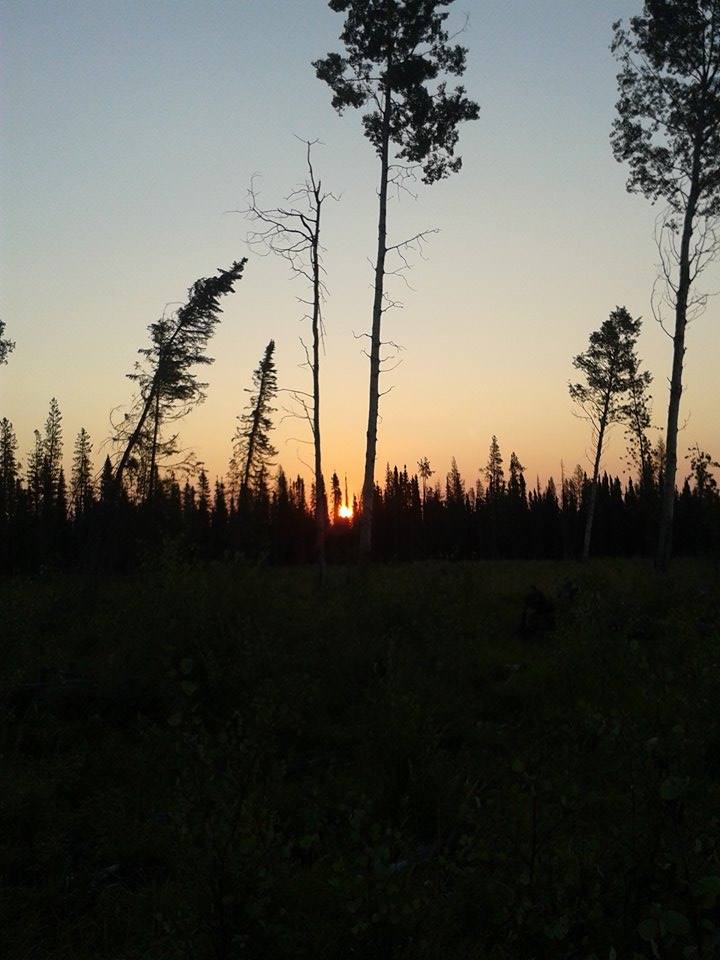
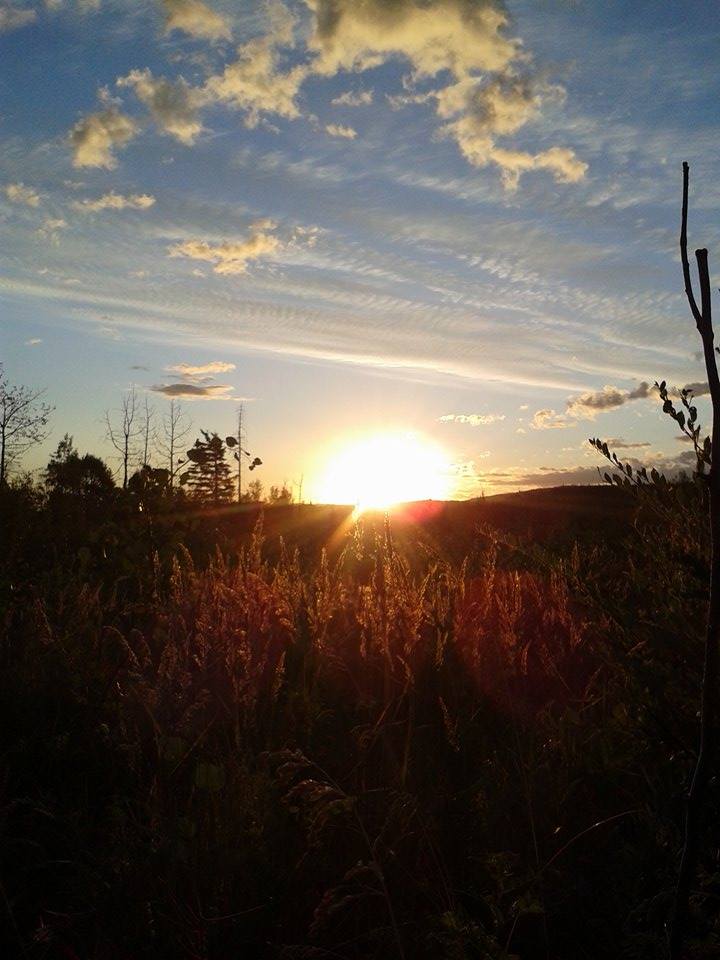
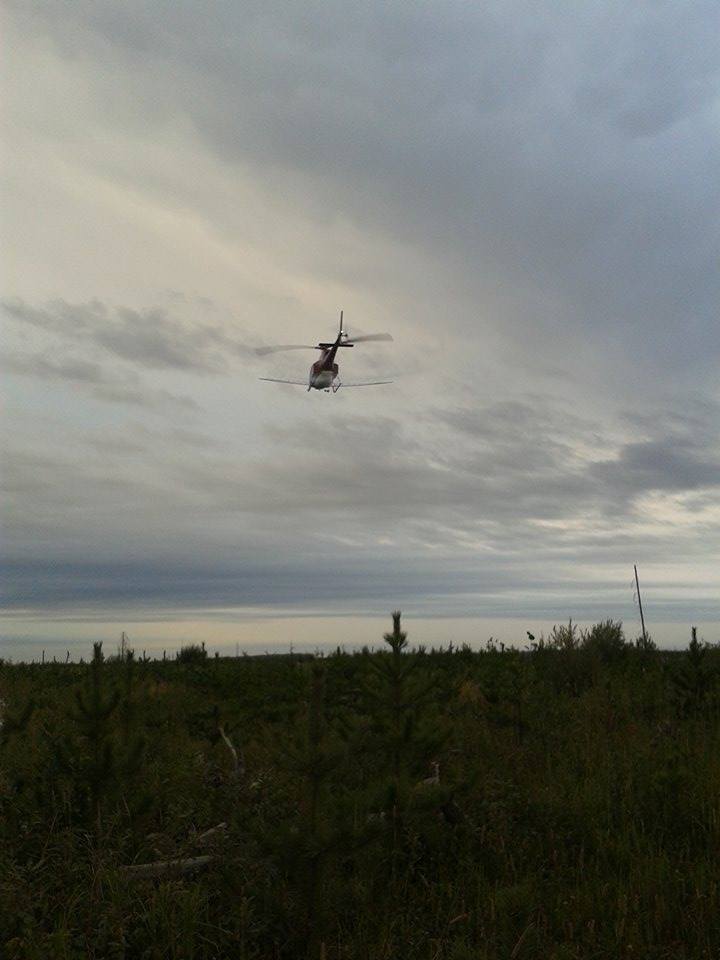
When it came time to call my first window I was very nervous- I am notoriously indecisive! However, I made a concerted effort to monitor the conditions closely, and confidently called my first window. The area to be treated was over 100 ha, and it took two helicopters 40 minutes to close out the block. All in all, the aerial herbicide program was a great experience, an excellent way to test my decision-making and to be a part of such a large project.
On the weekend, I managed to escape to the Rockies for a quick hiking trip, exploring Mount Edith Cavell in Jasper National Park. There is very little time left this summer, and I can tell you that I will thoroughly miss Alberta and working in the bush every day. However, I am looking forward to going home to see my family and then returning to year # 2 of school in Thunder Bay!
